Understanding Pediatric Epilepsy Challenges in Palestine
This study looked at pediatric epilepsy in Palestine, focusing on children aged 2 months to 18 years who were diagnosed between 2019 and 2024.
Plain‑language drug resistant epilepsy research: who benefits from surgery, devices, diets, and emerging treatments.

This study looked at pediatric epilepsy in Palestine, focusing on children aged 2 months to 18 years who were diagnosed between 2019 and 2024.

A study was conducted to evaluate the effectiveness and safety of a new medication called JNJ-40411813 when used alongside two existing epilepsy treatments, levetiracetam and brivaracetam.
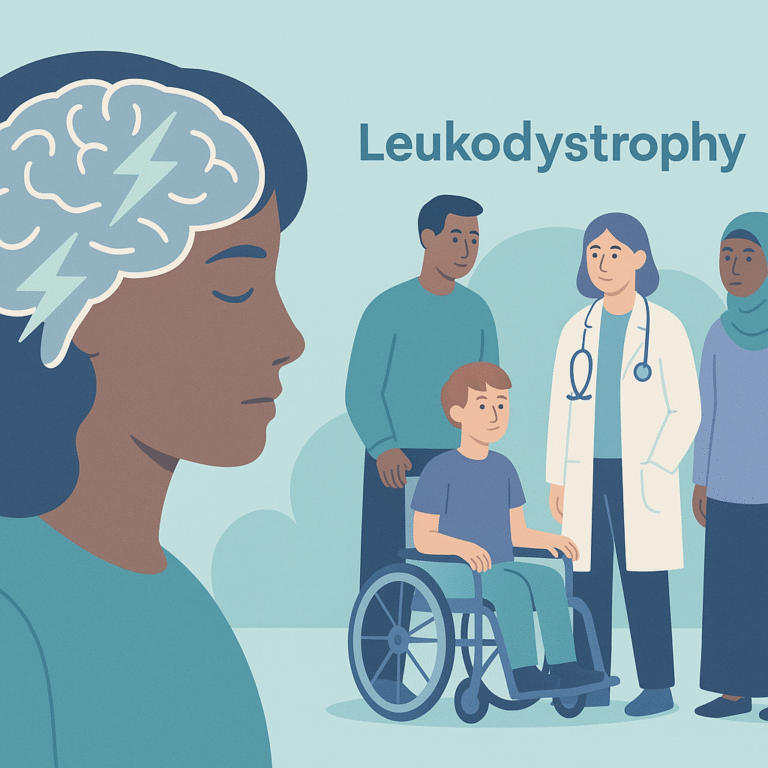
This study looked at the occurrence of seizures and epilepsy in children diagnosed with leukodystrophies, which are rare brain disorders that affect the white matter of the brain.

Researchers studied a new tool called the iKETO-KNOW Questionnaire, which was designed to measure how much adult patients and caregivers know about the ketogenic diet therapy (KDT) for epilepsy.
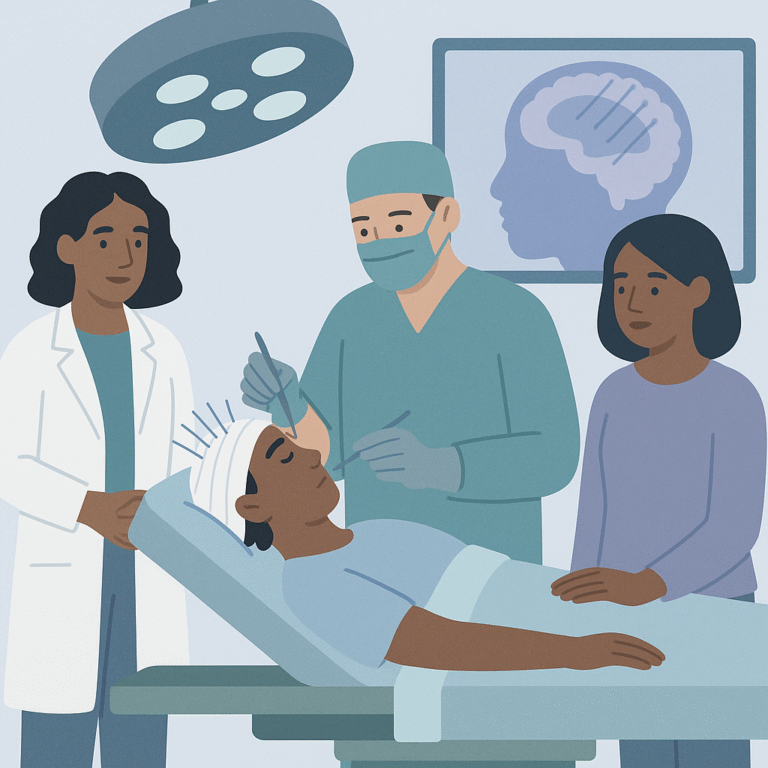
Researchers studied the use of stereoelectroencephalography (SEEG) in patients with drug-resistant focal epilepsy.
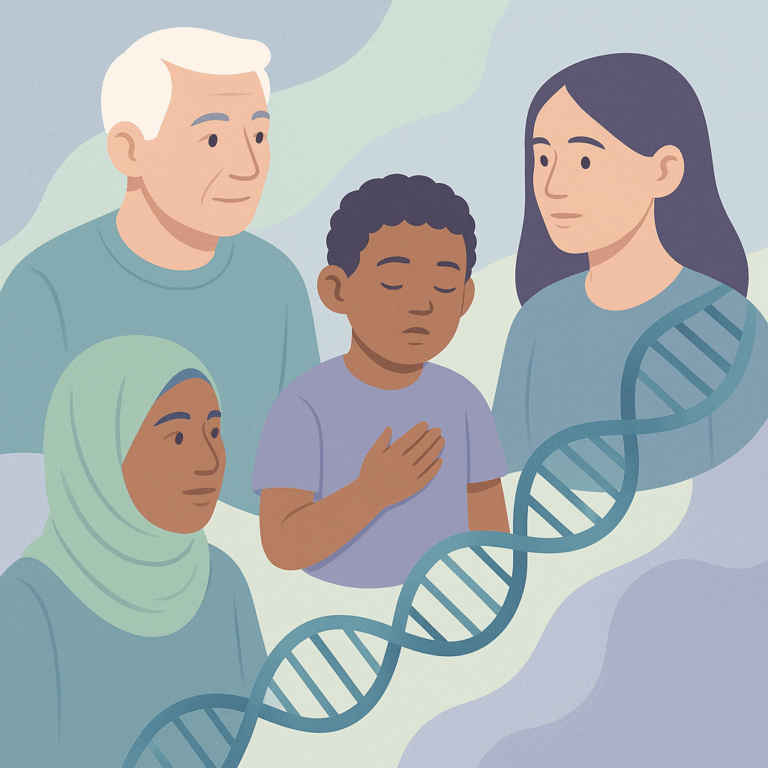
Researchers studied a gene called BAIAP2 to understand its role in developmental and epileptic encephalopathies (DEEs), which are severe forms of epilepsy that can affect a child’s development.

Researchers studied the use of cannabidiol, a compound found in cannabis, in children with developmental and epileptic encephalopathies (DEEs).
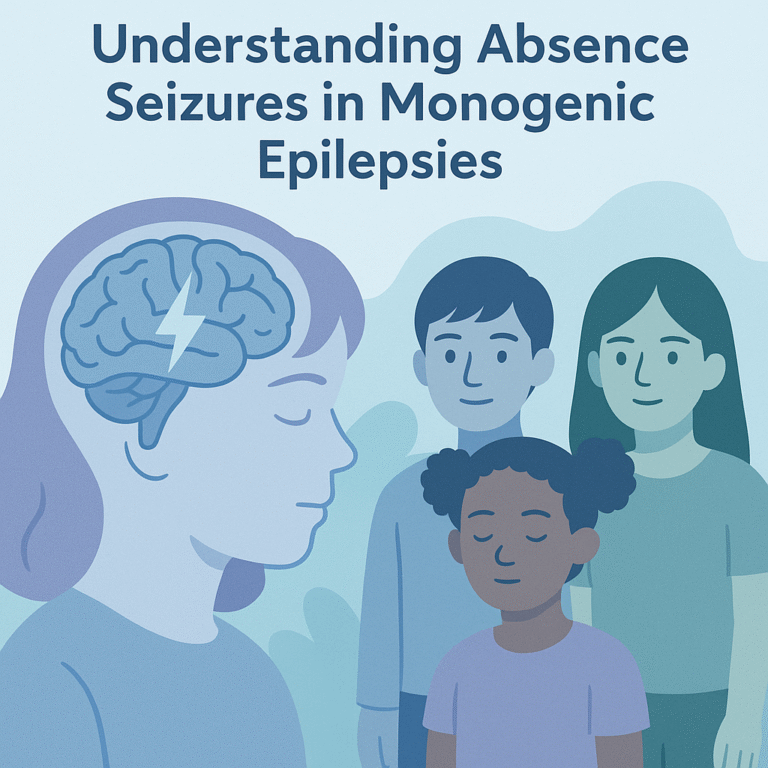
Researchers studied 160 patients with absence seizures linked to specific genetic causes, known as monogenic epilepsies.
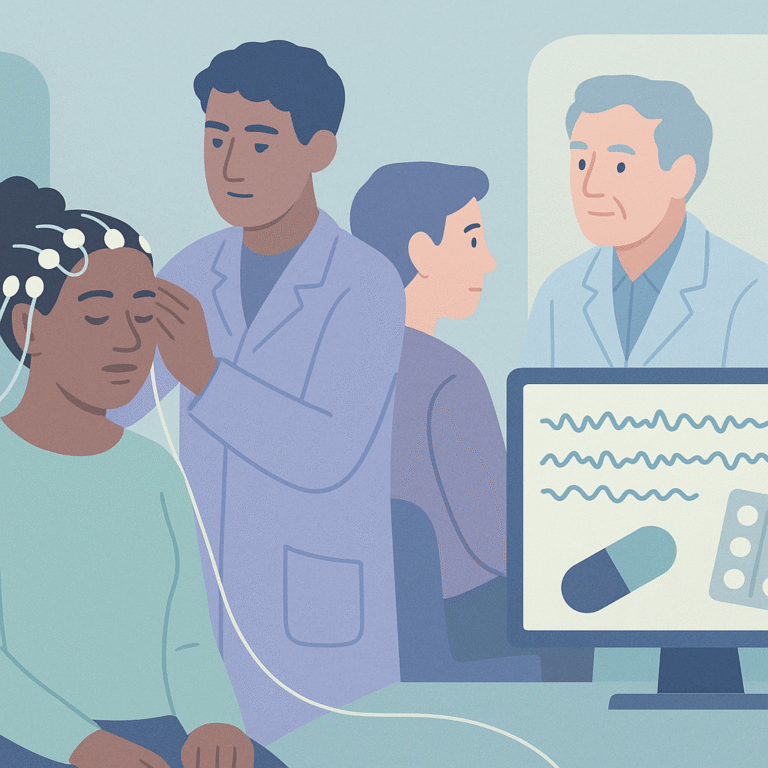
Researchers studied how well machine learning could predict the effectiveness of anti-seizure medications (ASMs) using routine EEG tests.